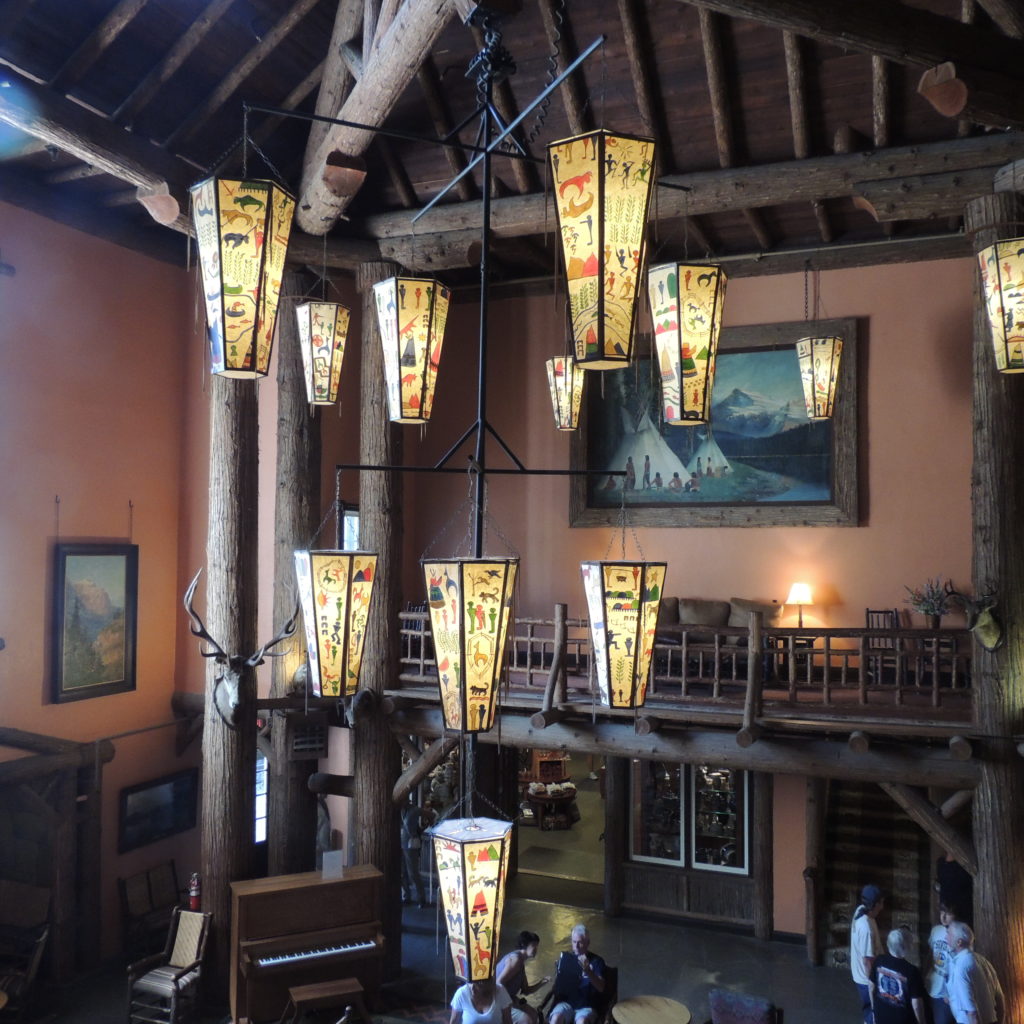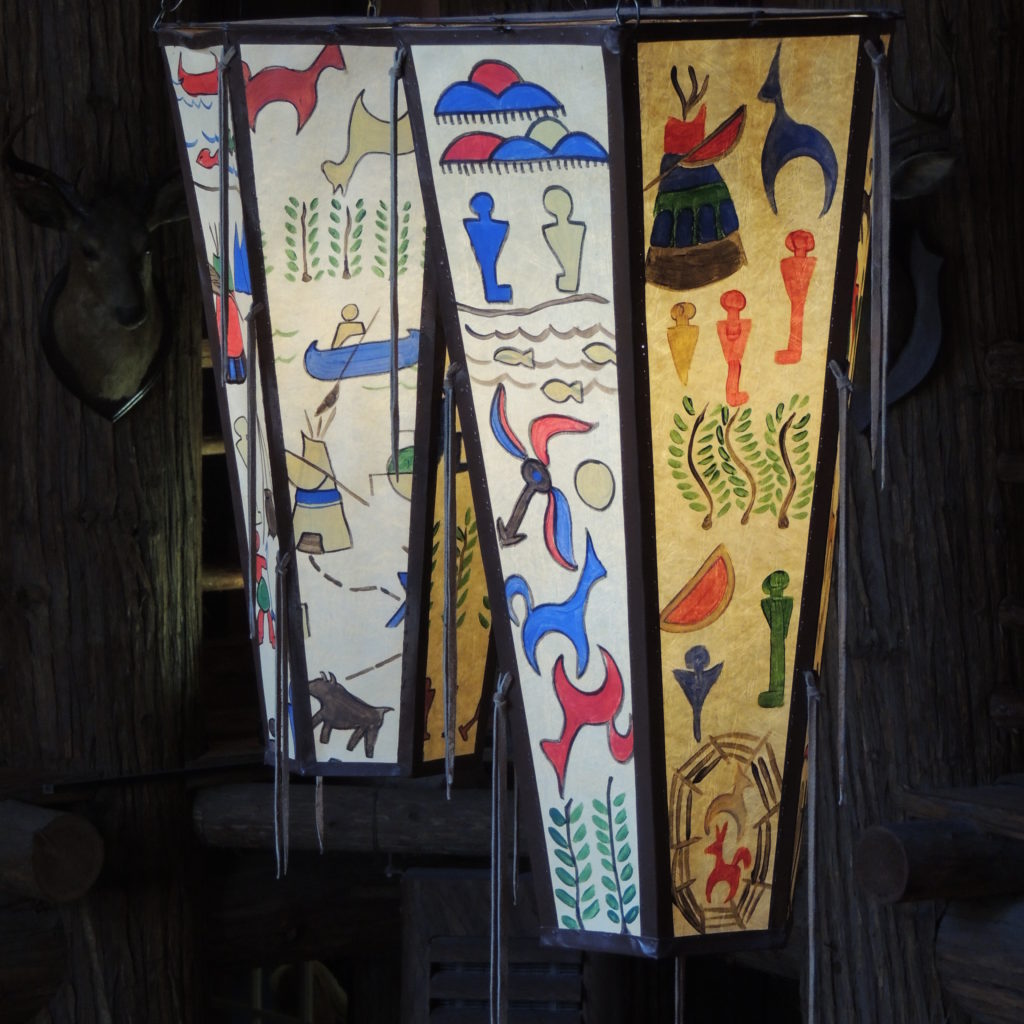Today we begin at the end of the day’s journey. We left St. Mary for Many Glacier, and after a nice hike around Swiftcurrent Lake, we had lunch and drove into Canada. Our destination was Waterton Lake Park, one of the earliest Canadian National Parks. It is adjacent to and really, part of Glacier Park.
In fact, in 1932, the US and Canada created the world’s first International Peace Park: joining together Glacier National Park and Waterton Lakes National Park as the Waterton-Glacier International Peace Park. It was the first Peace Park, and today there are 170 of them. UNESCO designated the Waterton-Glacier International Peace Park as a World Heritage Site in 1995.
Waterton lives for the summer season. Its population is less than 90 people, and in the winter, the full-time population drops below 48 people.
We are staying at the Prince of Wales (POW) hotel. It was built in 1927. It is another of the Great Northern Railway hotels, a chalet-style place, without air conditioning, and which only recently added wifi. There are no TVs in the room. OTOH, you stay at the POW for the view, and here is the view from our room:
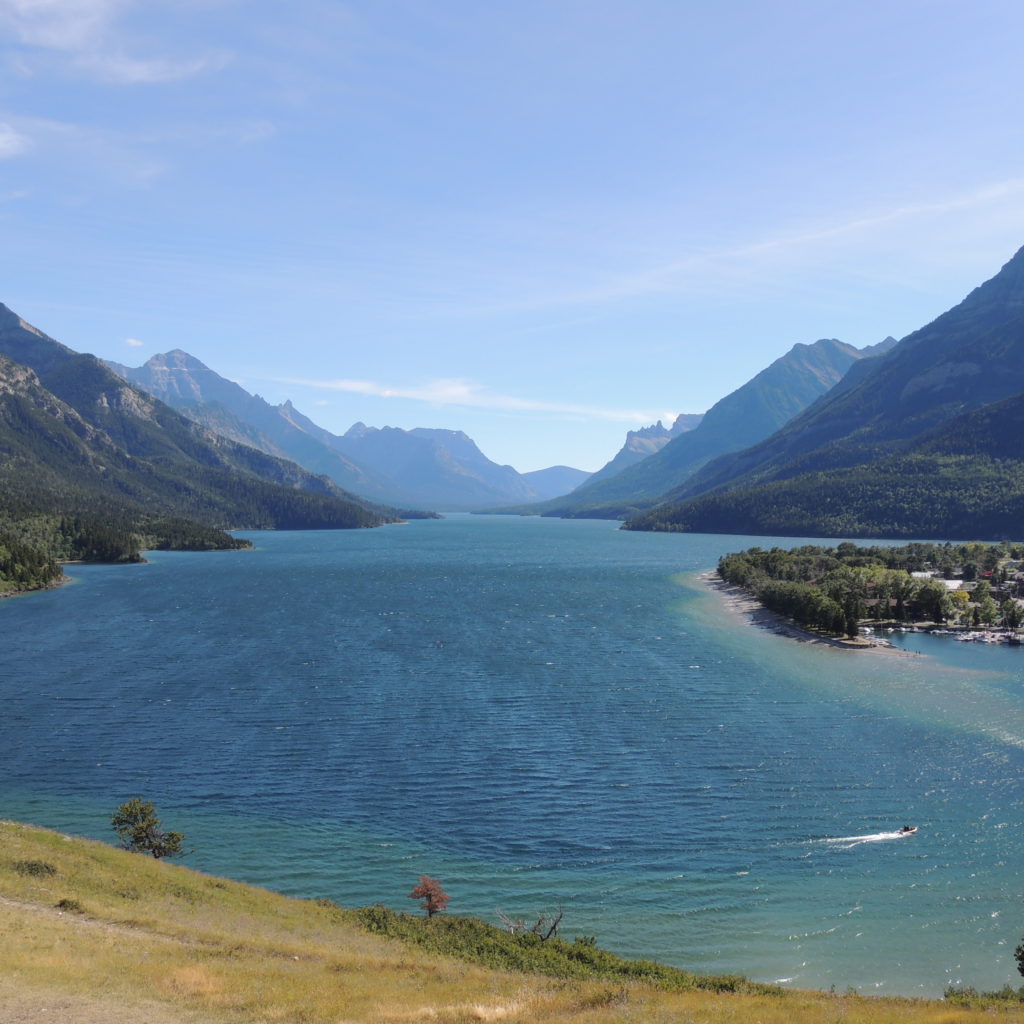
Wrongo is looking out the window at that spectacular scene right now, and it is a fitting capstone to our time in Glacier. The day started in St. Mary, Montana. It rained quite hard yesterday, and while the temperature in town was in the mid-50s, down from the low 80s the day before, snow fell on the mountains around St. Mary. Here is a photo taken at twilight last night:
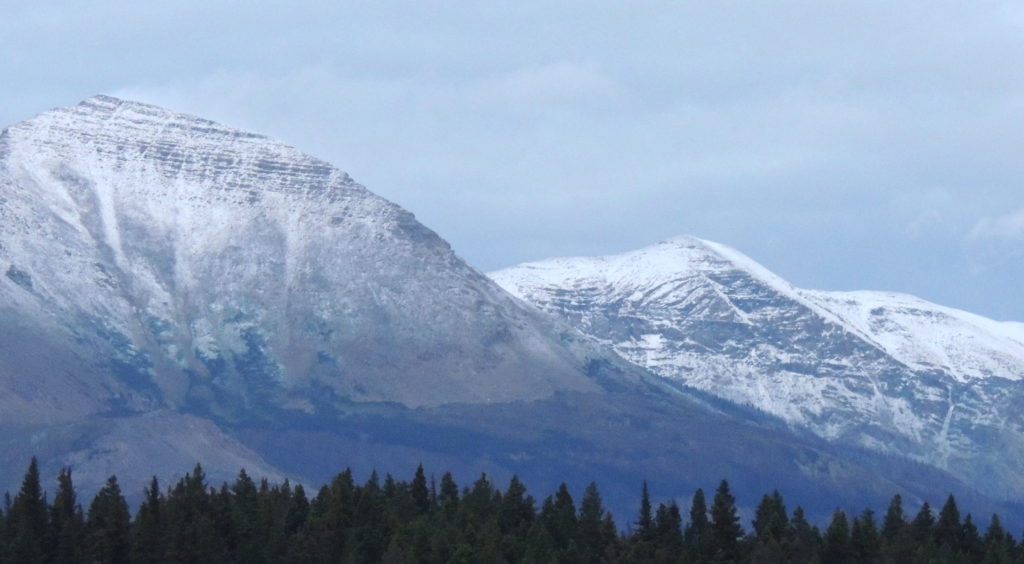
We spent the morning at Many Glacier, an area within Glacier National Park located north of the Going-to-the-Sun Road, on the east side of the park. The Many Glacier Hotel, was also built by the Great Northern Railroad in 1915, and it fronts on Swiftcurrent Lake. The hotel sits in a bowl of mountains, the most significant of which is Mount Grinnell. Back in the day, people hiked the 12 mile round trip to view Grinnell Glacier, one of the most frequently photographed glaciers in the park. This means that there is a very well documented historical record of Grinnell’s glacier shrinking over the 176 years since the end of the little ice age in 1850. Grinnell is one of the many in Glacier NP that are likely to be gone by 2030.
Here are a few photos of the Swiftcurrent Lake area that were shot this morning. Here is the Lake with Mount Grinnell on the right:
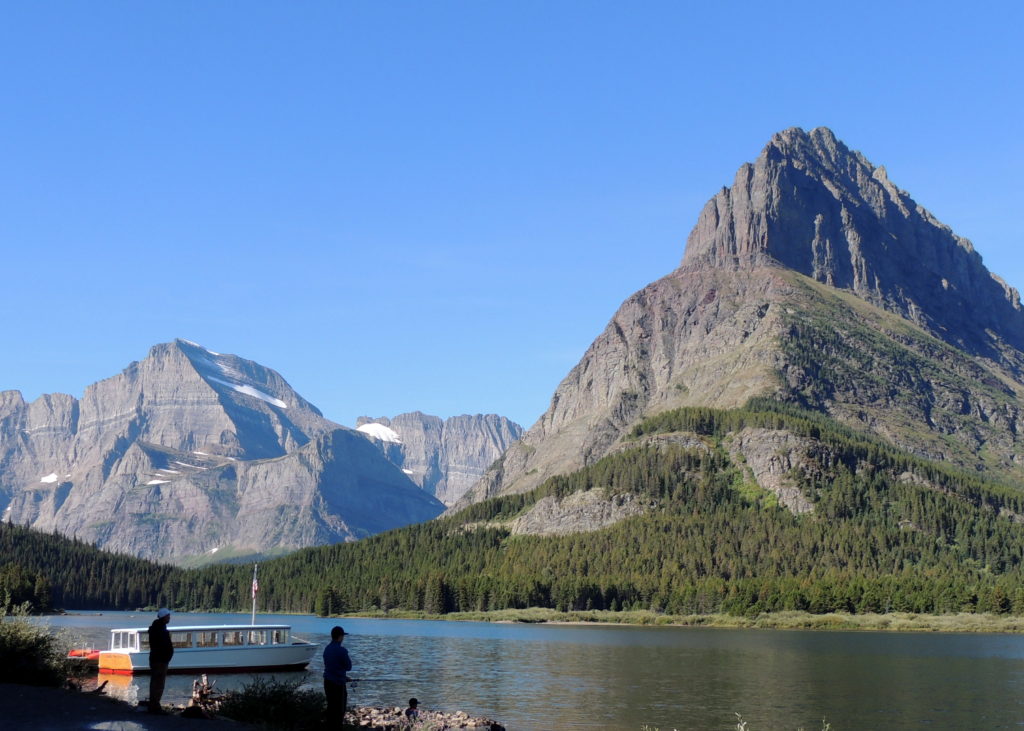
Finally, here is a shot across Swiftcurrent Lake. Mount Grinnell is to the left in this picture, and we are looking at a part of the Garden Wall that makes up the Continental Divide as we discussed yesterday:
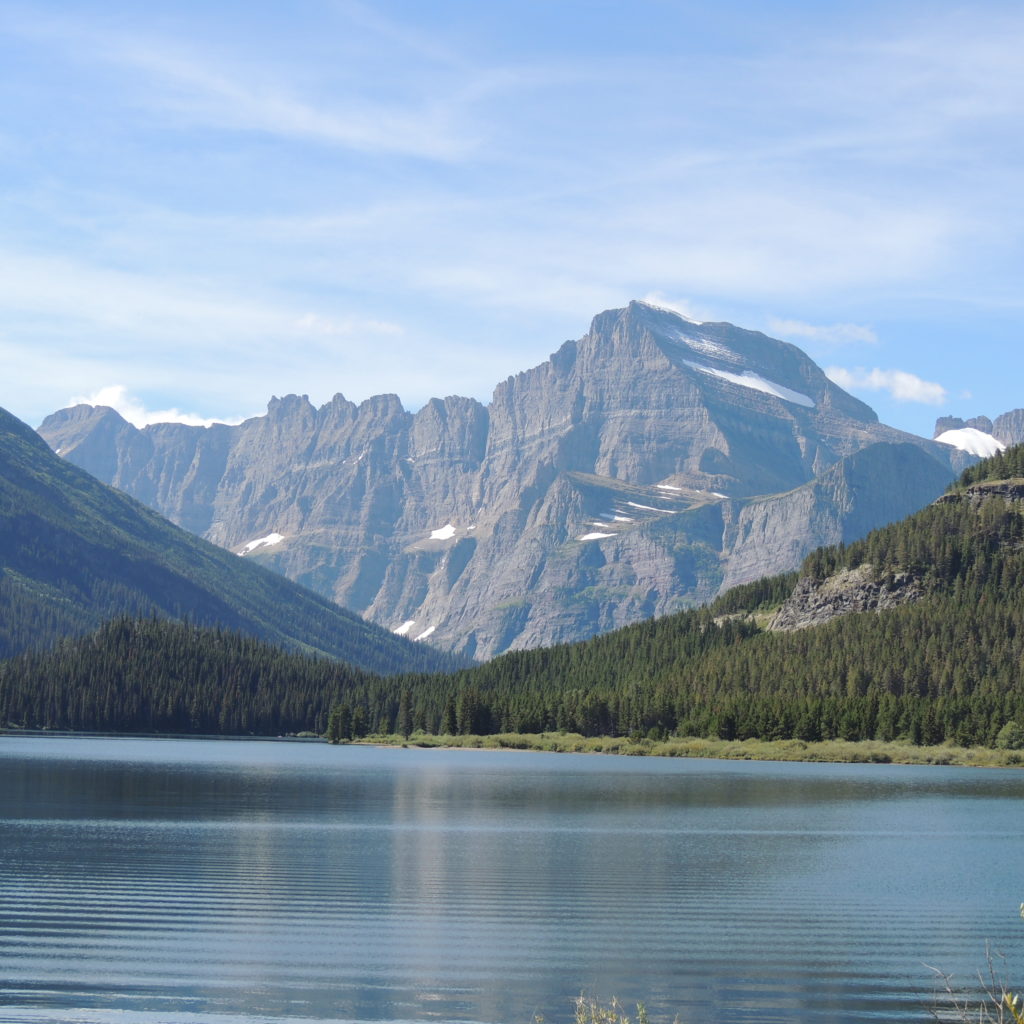
There was wildlife in abundance at Many Glacier. We saw bear scat while hiking around the lake, and later a couple traveling with us, saw a Grizzly Bear in the lake. There were Mountain Goats and Bighorn Sheep visible grazing on the slopes above us, and on the drive from Many Glacier to Waterton, we stopped to watch a Black Bear devouring berries, and for the ten minutes or so that we watched, the bear was totally oblivious to humans at the side of the road.
Tip: If you plan to cross into Canada, take Route 17 (Chief Mountain Highway). It is only open from May to September, at Chief Mountain Crossing. It had no traffic when we passed through.
Sources:
http://www.pc.gc.ca/eng/pn-np/ab/waterton/natcul/inter.aspx
http://www.glacierparkinc.com/lodging/prince-of-wales-hotel/information-and-policies/
http://www.albertasouthwest.com/waterton_lakes_national_park_community
https://en.wikipedia.org/wiki/Grinnell_Glacier
https://en.wikipedia.org/wiki/Little_Ice_Age
https://en.wikipedia.org/wiki/Chief_Mountain_Border_Crossing

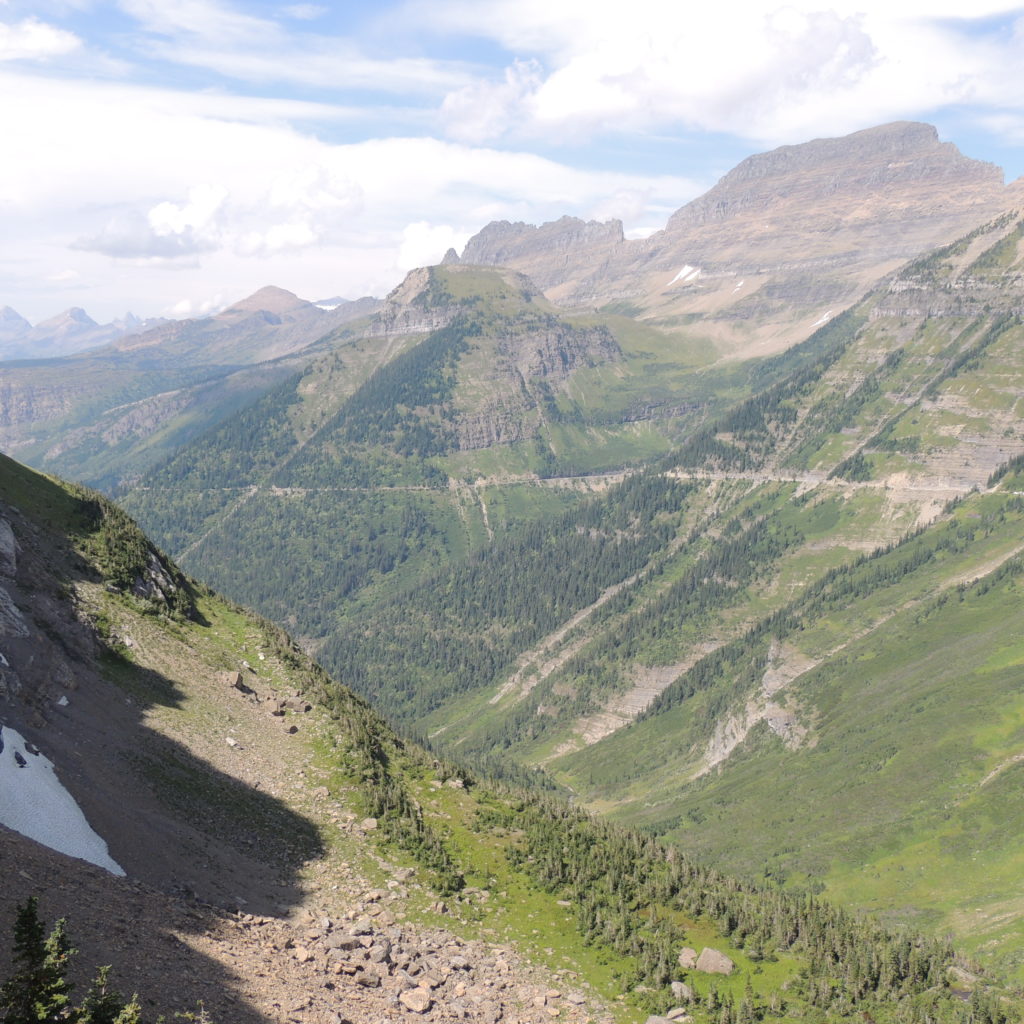
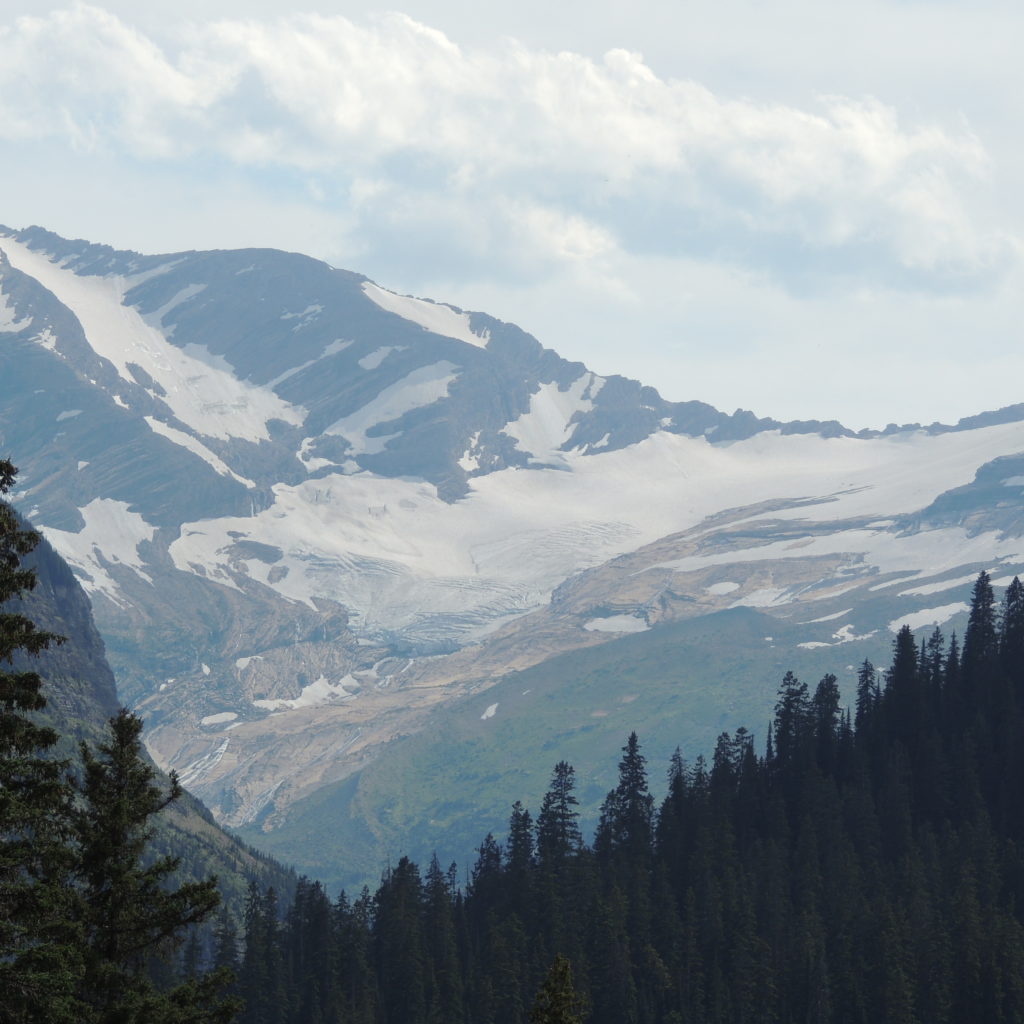
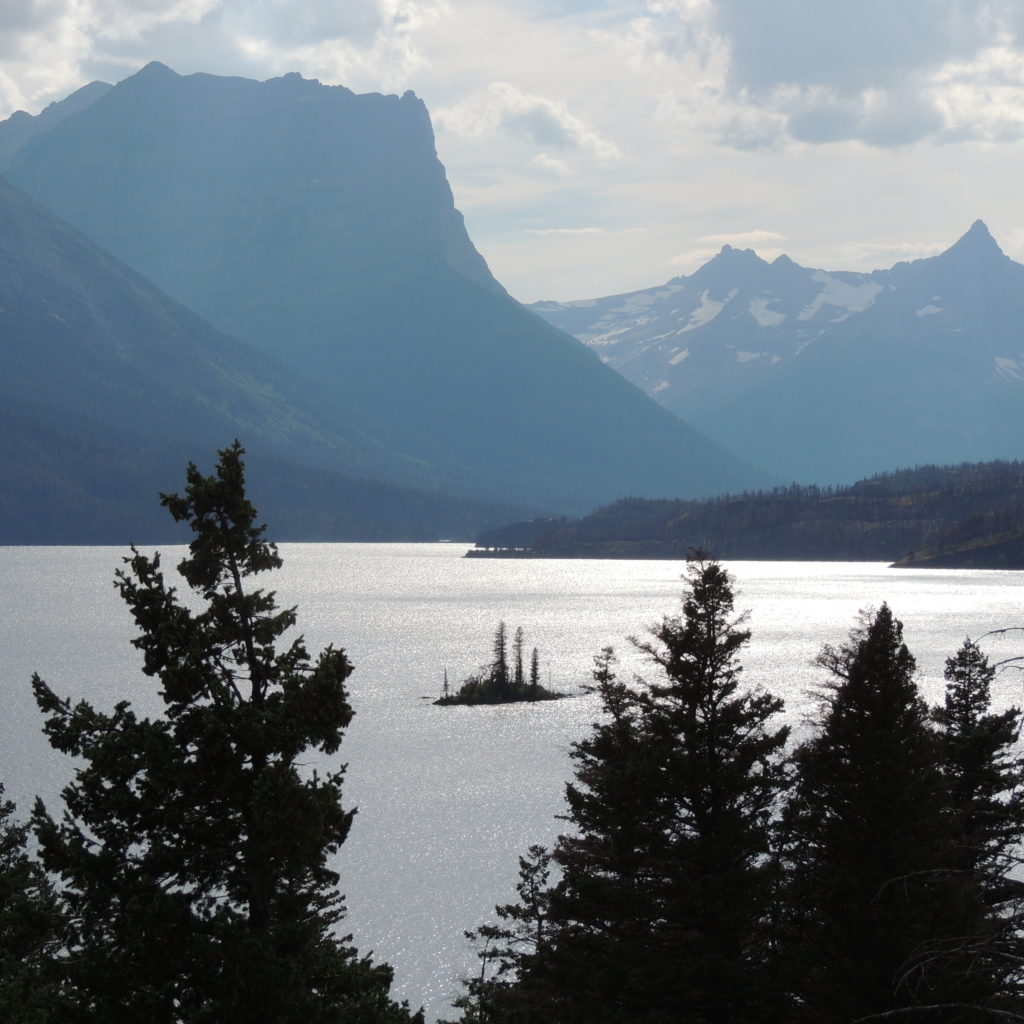
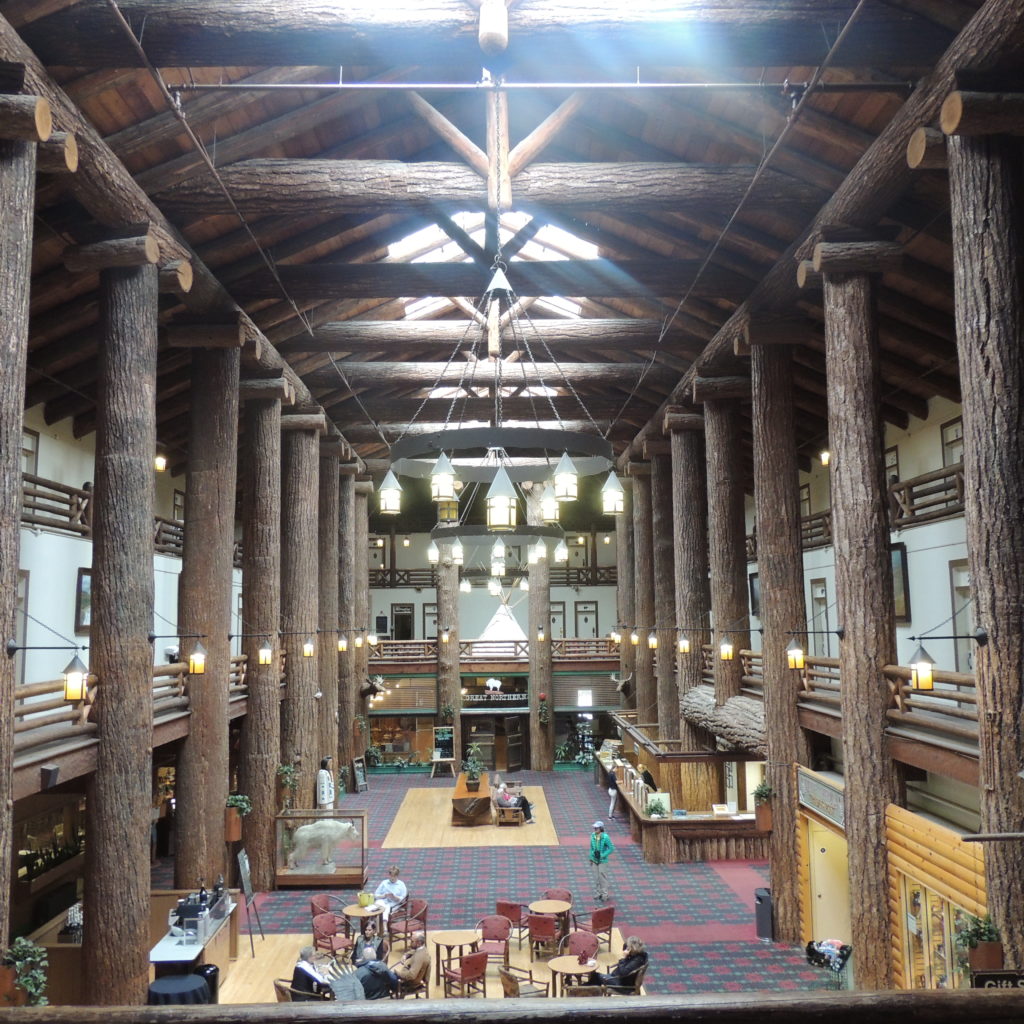
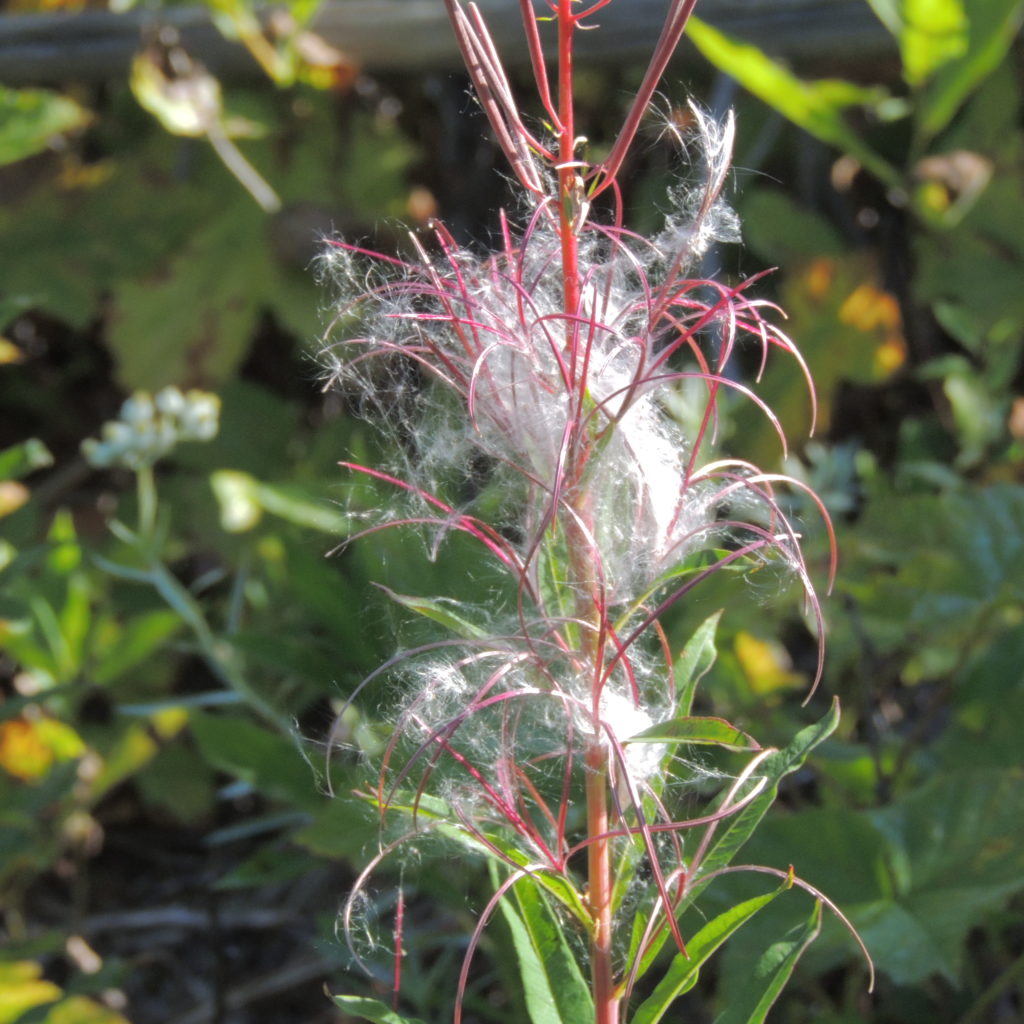
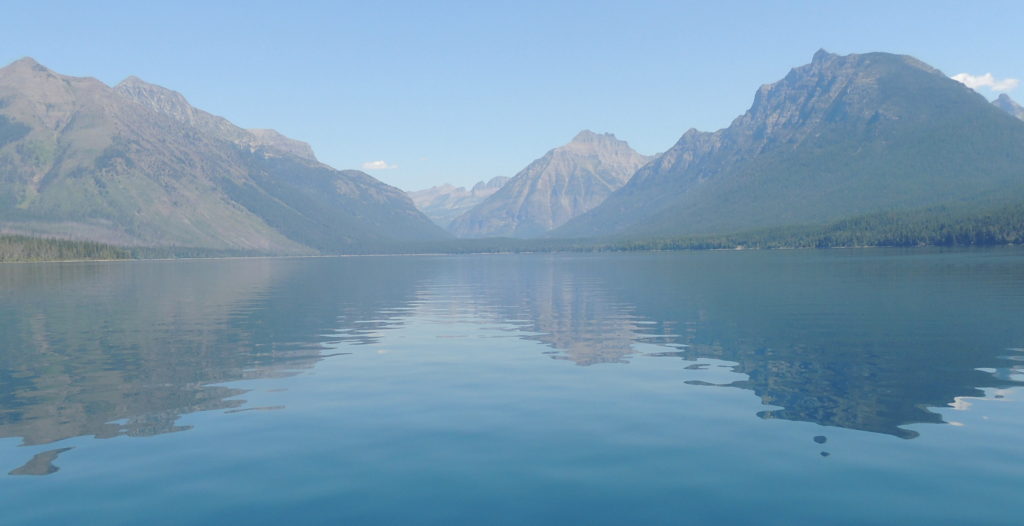 Finally, we spent time at the Lake McDonald Lodge. It is run by
Finally, we spent time at the Lake McDonald Lodge. It is run by 